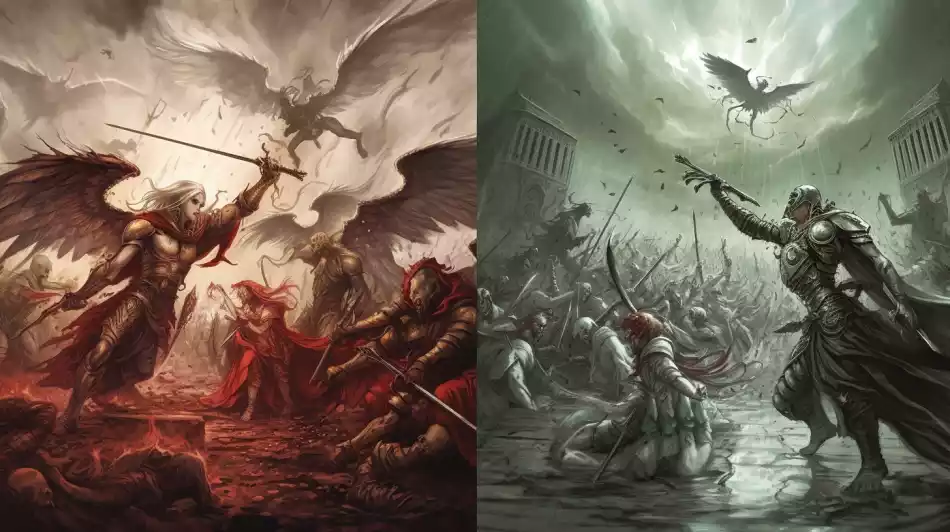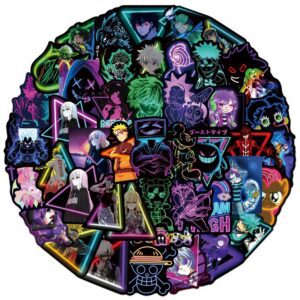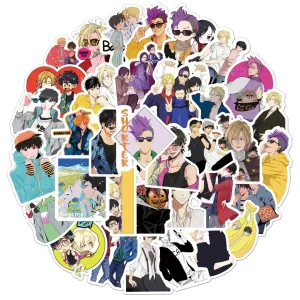Magic: The Gathering (MTG) is a complex and intricate game that offers a range of mechanics and strategies for players. One such mechanic is “Regeneration”, a protective measure that, when used correctly, can turn the tide of the game in the player’s favor.
What Does Regenerate Mean in MTG?
Regeneration in MTG is a bit of an antique, a holdover from the game’s early days. In its original incarnation, it had a somewhat convoluted definition:
The next time the permanent would be destroyed this turn, instead, remove all damage marked on it, and tap it. If it is an attacking or blocking creature, remove it from combat.
Over time, this mechanism fell out of favor and was largely supplanted by the simpler and more intuitive “indestructible” ability. Indestructible confers immunity to damage, rendering a creature immune to destruction.

How Does Regenerate Work?
Despite its decline in usage, understanding the regeneration mechanic is essential for players seeking a comprehensive understanding of MTG.
Like most abilities in the game, Regeneration is a keyword action, meaning it performs a specific action when activated. This action typically involves a mana cost and can be activated at any time before the creature would be destroyed.
When a player pays the regeneration cost for a creature, a metaphorical “regeneration shield” forms around the creature. This shield stays active for the rest of the turn, and if the creature would be destroyed, the shield instead removes all damage from the creature and taps it.
Official MTG Regenerate Rules
701.14a If the effect of a resolving spell or ability regenerates a permanent, it creates a replacement effect that protects the permanent the next time it would be destroyed this turn. In this case, “Regenerate [permanent]” means “The next time [permanent] would be destroyed this turn, instead remove all damage marked on it and tap it. If it’s an attacking or blocking creature, remove it from combat.”(source)
701.14b If the effect of a static ability regenerates a permanent, it replaces destruction with an alternate effect each time that permanent would be destroyed. In this case, “Regenerate [permanent]” means “Instead remove all damage marked on [permanent] and tap it. If it’s an attacking or blocking creature, remove it from combat.” (source)
701.14c Neither activating an ability that creates a regeneration shield nor casting a spell that creates a regeneration shield is the same as regenerating a permanent. Effects that say that a permanent can’t be regenerated don’t preclude such abilities from being activated or such spells from being cast; rather, they cause regeneration shields to not be applied.
Is Regenerate Good MTG?
Despite its somewhat complex nature, regeneration can be a powerful tool when utilized correctly. Its primary benefit is its ability to save a creature from destruction. The creature survives and lives to fight another day, effectively regaining full health.
However, this survival comes at a cost.
When the regeneration shield is activated, the creature becomes tapped – that is, it’s turned sideways and becomes unavailable for actions like attacking or blocking. This trade-off can significantly affect your game strategy and must be carefully considered.

Can You Regenerate Any Time in Magic the Gathering?
In most cases, a player can activate a creature’s regeneration ability whenever they have priority, i.e., when they’re allowed to cast spells and activate abilities.
However, there are times when regeneration cannot help. For instance, a creature cannot be regenerated if it’s reduced to 0 toughness or if it’s hit by a spell or ability that specifically states it cannot be regenerated.
Sacrificing and Regeneration
The interaction between sacrificing and regeneration in MTG is another area of complexity. In Magic, a sacrifice is considered a cost, and when a creature is sacrificed, it’s said to “die”, moving from the battlefield to the graveyard.
Regeneration cannot prevent a creature from being sacrificed, as a sacrifice is a cost that must be paid, not a form of destruction.
Does a Regenerating Creature Still Do Damage?
If a creature is blocking and regenerates, it will still deal combat damage to the creature it was blocking. However, if the creature was tapped as part of the regeneration process (which is typically the case), it would not be able to deal damage because tapped creatures cannot attack.
Can You Regenerate Tokens?
Tokens, unique game pieces often created by spells or abilities, can indeed be regenerated, much like any other creature.
However, unlike regular creatures, tokens disappear at the end of the turn they’re destroyed or exiled, even if they regenerate.

Does Regeneration Remove Creature from Combat?
Finally, if a creature regenerates during combat, it is removed from combat. This means it won’t deal or receive any further damage that turn. This is why regeneration can be a risky move, especially in combat-heavy games: the player must weigh the creature’s survival against losing its combat capabilities.
In conclusion, the MTG Regeneration mechanic, while complex and nuanced, can be a potent tool in a player’s arsenal. Understanding the various interactions and intricacies associated with this keyword action is an important part of mastering the game. Despite being considered outdated by some, regeneration can still significantly impact the game, contributing to the dynamic and strategic landscape that is Magic: The Gathering.













